What Was The Silk Road?
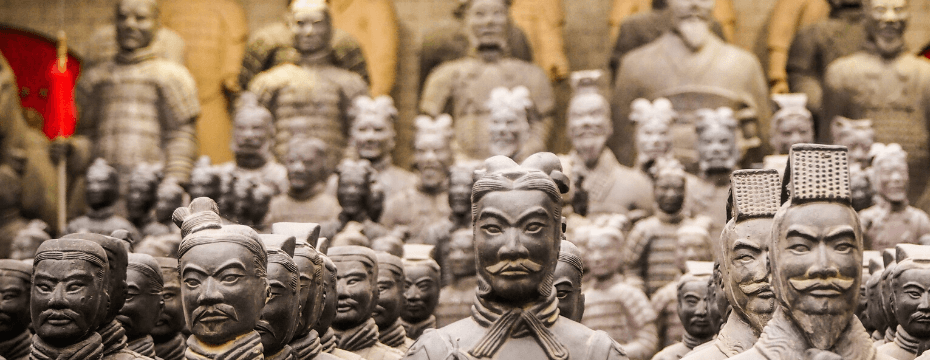
Hate to break it to you but it wasn’t made out of silk – it wasn’t even a road as such. So what exactly was the Silk Road?
The Silk Road’s name came from the primary material transported on this trade route. A more apt title would be a silk network, as it consisted of roads and maritime passages. Spanning Africa, Asia and Europe, these routes forked into vast plains, weaved through seas and traversed mountains.
Index
The Beginnings of Silk
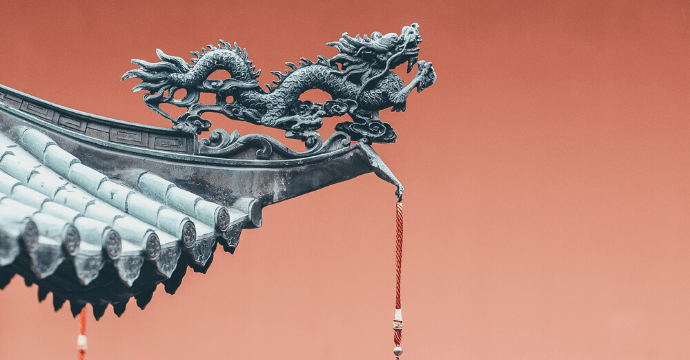
The oldest evidence of silk was found in Neolithic Chinese tombs dating back 8,500 years. During the Han Dynasty, the quality of silk improved dramatically, making it stronger and finer. It soon became the main product for small farmers wanting to fill their pockets. Chinese silk’s glowing reputation reached many corners of the ancient world. Wearing a fine silk robe was the ultimate display of wealth, before the age of Gucci flip flops. Due to the staggering value of this product, the Dynasty kept production a secret in order to monopolise the market.
How it worked
Although disputed, many believe when the Han Dynasty opened trade
with the world in 130 B.C. Merchants along the Silk Road worked as cogs
of the relay trade: an item would change owners many times for it to
arrive to the destination of the final buyer. Due to the enormous scale
of this network, very few traders would complete an entire journey.
How did the Silk Road change the world?
This trade route was essential for migrants and travellers. It also helped spread religion, philosophy, and technology. In addition to silk, an array of goods were transported along these routes, including porcelain, glassware and spices. The mass wealth brought along these byways led to the grand development of towns and cities.
Landmarks of the Silk Road
The silk road left indelible marks, some of which are still alive today. Here at Exoticca, we’ve compiled a list of unmissable gems peppered across this vast, ancient network.
The Terracotta Warriors of China
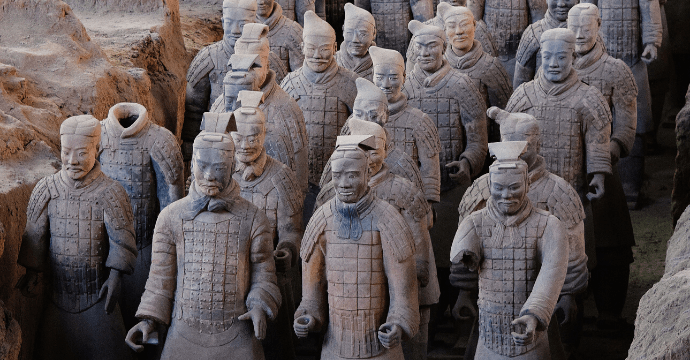
Head to where it all began in Xi’an, China. This enthralling city is awash with monuments funded by trade in the days of the dynasty. An unmissable experience is a visit to the tomb of Qin Shi Huang to marvel at The Terracotta Army. Over 8,000 soldiers and horses were made to protect in the afterlife. This astonishing spectacle was excavated in 1974, and has since cemented its place as one of China’s main attractions.
Hagia Sophia, Istanbul
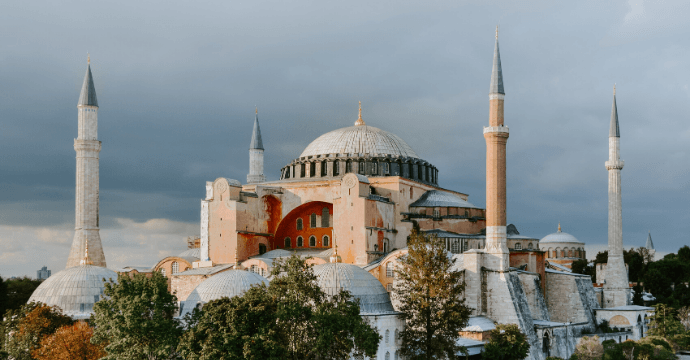
Istanbul is an exciting mishmash of yesteryear decadence and dazzling urban innovation. This half Asian half European city of over 15 million, indulges travellers with astounding Byzantine relics, enchanting markets and a diverse array of architecture. One of the most legendary landmarks of the ancient world call this commercial hub home. Hagia Sophia was known as the cathedral of Constantinople until 537 AD. Many flock to this museum to see the pinnacle of Byzantine culture. Stroll through its vast interior, illuminated by 40 arched windows, to get a taste of life during the glory days of the silk road.
Temples of Uzbekistan
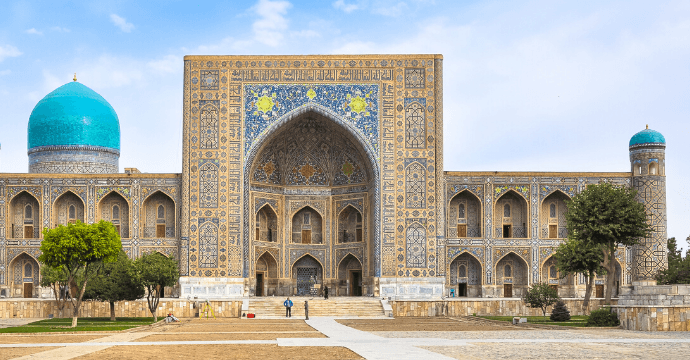
Venture to the land of blue-domed mosques and palaces to gaze at relics of yesteryear grandeur. The Itchan-Kala architectural complex of Khiva formed the triangle of the Silk Road alongside with Bukhara and Samarkand. Protected by high brick walls, this impressive site was given protection by UNESCO in 1990.

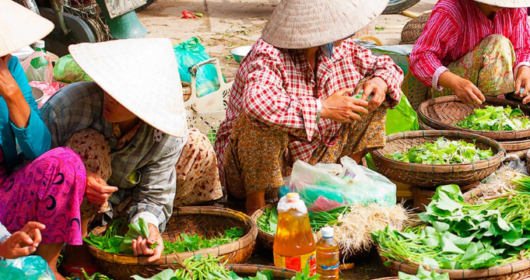
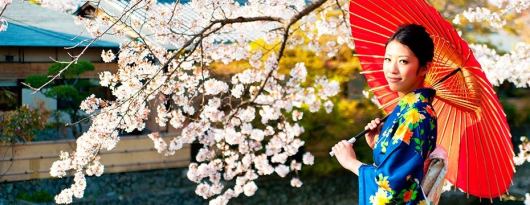
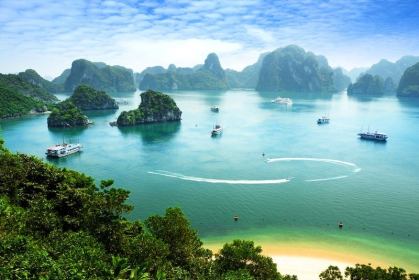

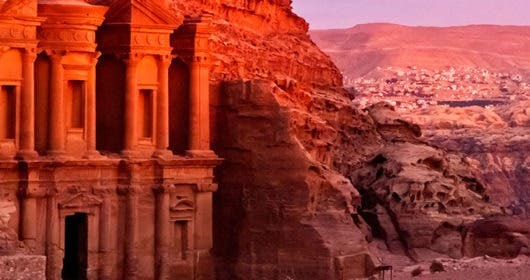
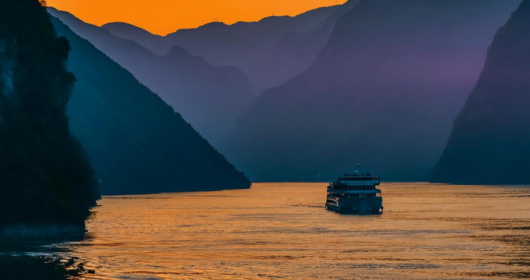
1 Comment to What Was The Silk Road?